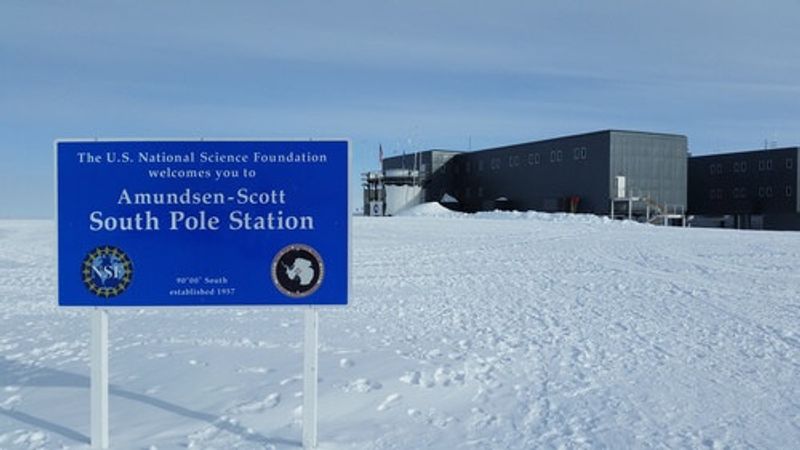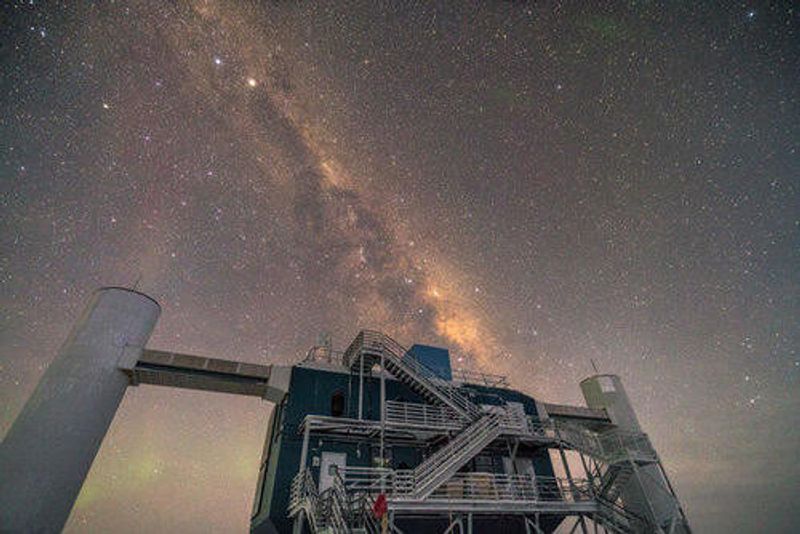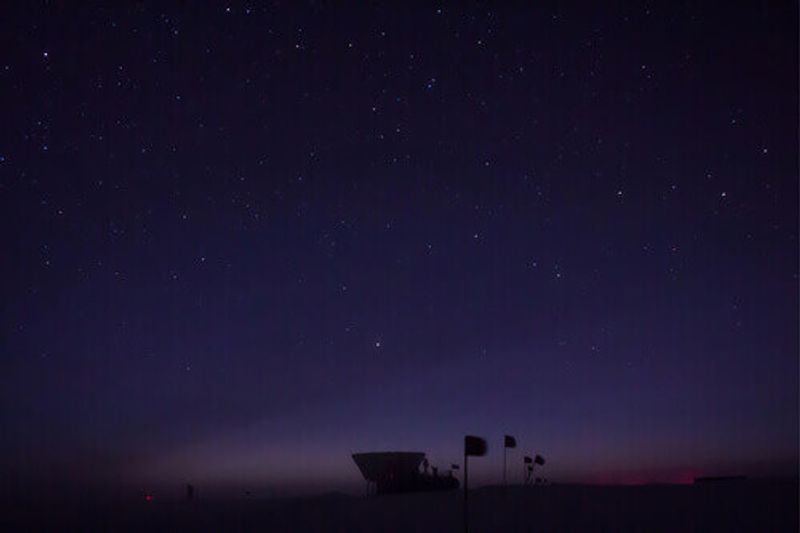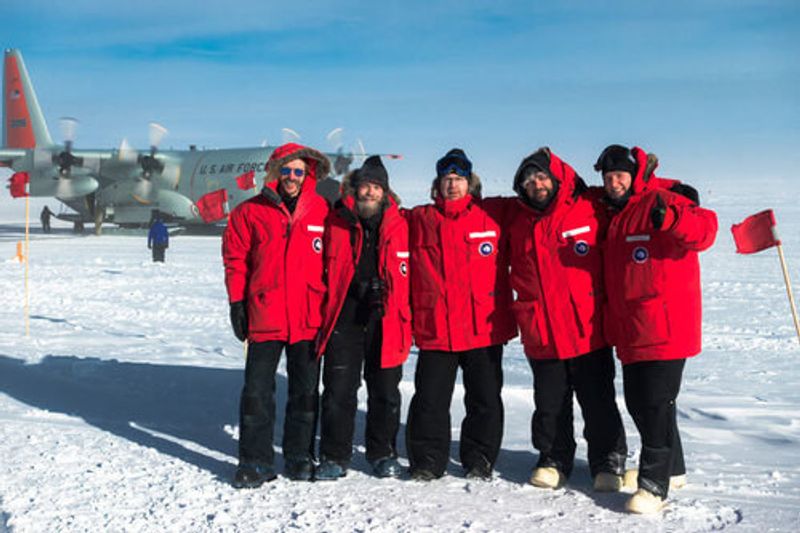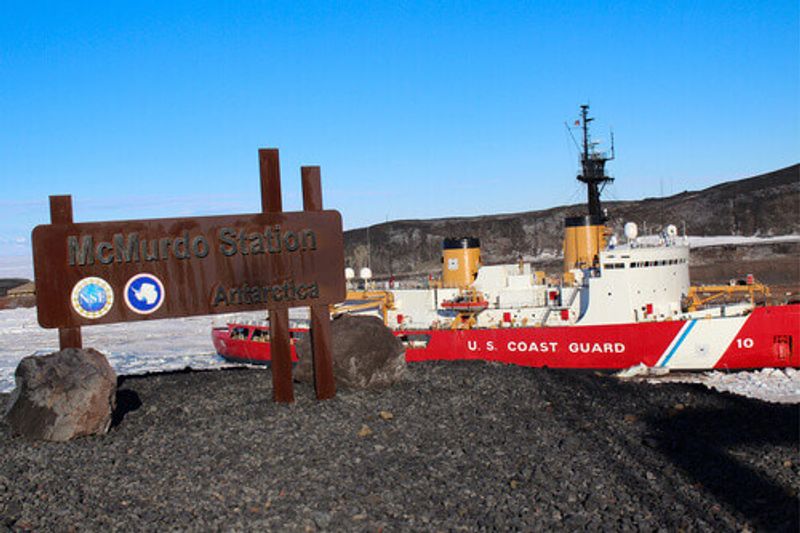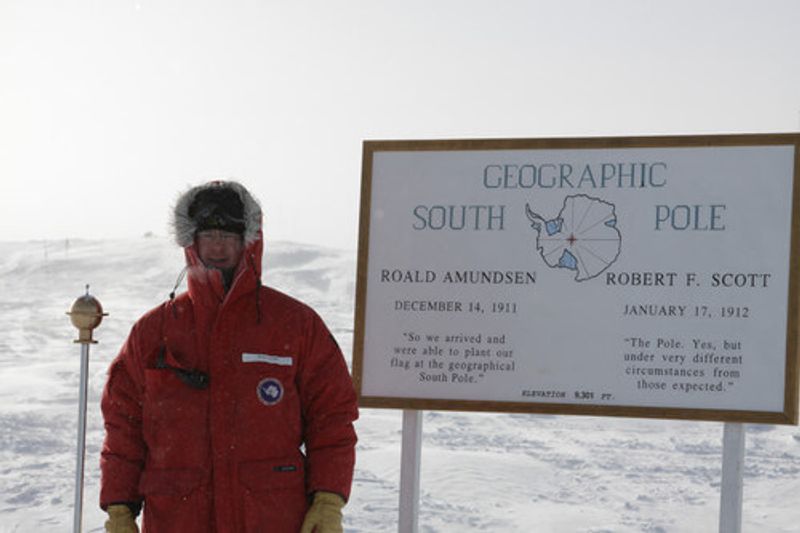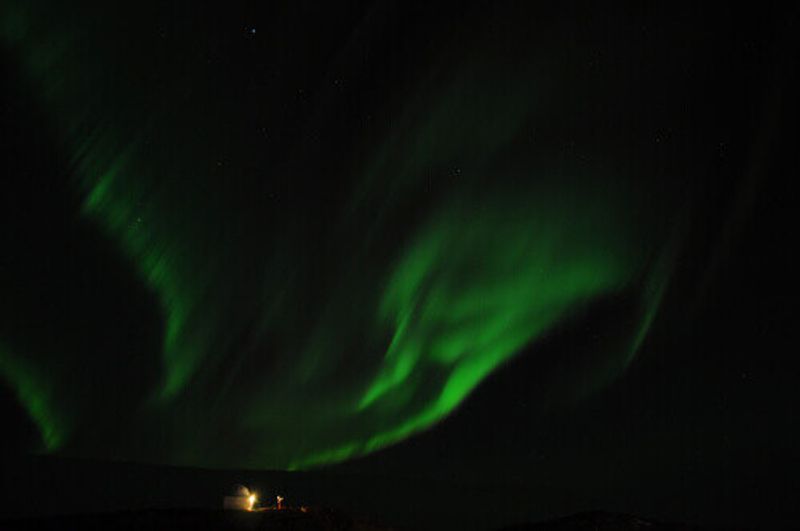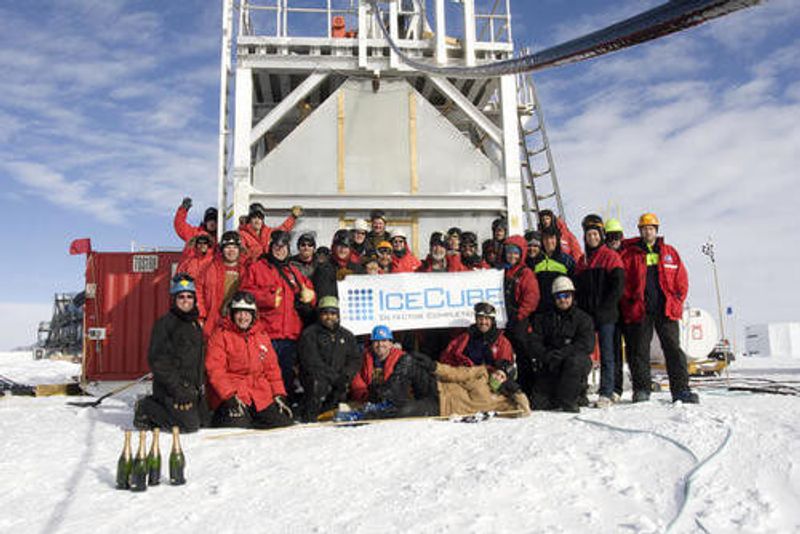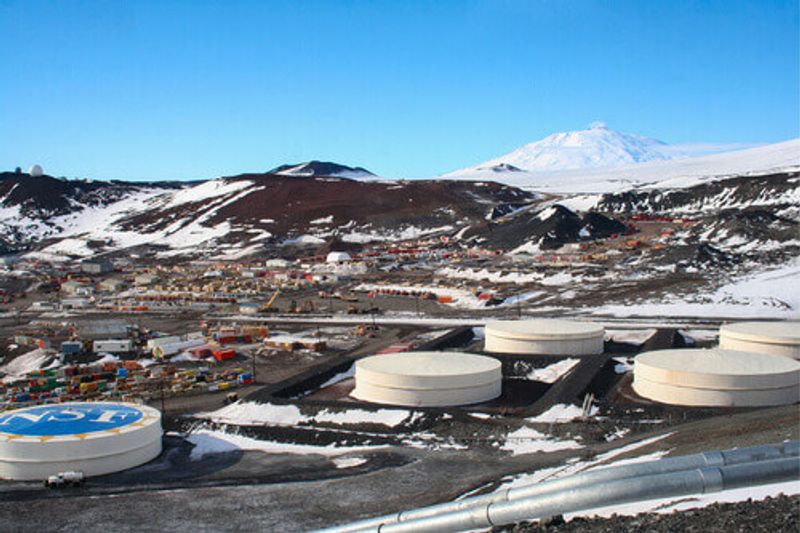The frozen continent is the most remote corner of earth. We speak to one of the only people on earth who has spent two years living at the South Pole
Just a century ago, man first set foot on this frozen land. This dry, cold desert supports no mammals or plant life, and only a couple of hardy grasses manage to survive the temperatures of up to -90 degrees Celsius.
Antarctica is not occupied by any single nation as it is protected by the Antarctic Treaty of 1959, which ensures it is only used for science and research. The only permanent dwellers native to Antarctica are penguins, but although it has no native human residents, a population of around 4,000 scientists use the 24-hour sunshine of the Antarctic summer to conduct research. A tiny fraction of those researchers, brave out the long, dark freezing winters.
Ralf Auer spent 13 months at the National Science Foundation’s (NSF) Amundsen-Scott South Pole Station as one of their winter-over experiments operators, responsible for maintaining and operating the US$300 million IceCube Neutrino Observatory. As a full-time IceCube worker, Auer spends around two months of every year at the South Pole.
At this point, I've spent over two years of my life at the South Pole, working on the IceCube Neutrino Observatory, which uses more than a cubic kilometre of absolutely clean ice to detect sub-atomic particles called neutrinos, that hit the Earth from outer space. Neutrinos are unique messengers that allow astrophysicists to study all kinds of phenomena in our galaxy that would not be accessible otherwise.
The South Pole is at an elevation of roughly 10,000 ft. The air is extremely clean, the atmosphere is comparatively thin, there is very little moisture in the air, and during the winter it is dark for six months in a row. This makes the South Pole an ideal location for all kinds of telescopes. There is a multitude of microwave telescopes doing cosmology including the South Pole Telescope, which is 10 metres in diameter, as well as optical cameras, studying the night sky and, ironically, sun activity, by analysing auroras, or Southern Lights.
Climate research has always been a staple at the South Pole. The National Oceanic and Atmospheric Administration (NOAA) has been operating a research laboratory down there, year-round for decades. And for the last few seasons, there was a research project that extracted ice cores for long-term climate studies. There are lots of other, smaller projects, like seismology and so on. The amount of research and the variety that can be found at such a remote location is really amazing.
A typical day highly depends on your job. For some, that means working regular shift hours, like the kitchen staff serving three meals a day at fixed times. For others work schedules can be more flexible and they can schedule their work tasks more freely. I myself had a fair amount of flexibility in that regard and I would basically go to bed when I was tired and get up when I woke up. Surprisingly, this turned out to be almost exactly a 28-hour cycle, which means my schedule shifted by about four hours every day compared to my colleagues’ who had to work fixed hours.
I got my first impression of Antarctica from the cargo plane that flew us from Christchurch, New Zealand, to NSF’s McMurdo Station. Eventually, you get to the ice and the views were just spectacular. It is hard to describe, but seeing this seemingly never-ending, majestic white landscape definitely left an impression on me that I will not forget. Seeing it myself for the first time was still a bit overwhelming.
Compared to the South Pole, the weather at McMurdo, which on the coast, 800 miles from the South Pole on Ross Island, is really just a day at the beach. But more than experiencing a new level of cold and hostile weather, I was more taken in by the fact that I've reached a place on Earth that only very few people in the world would ever have the opportunity to visit, let alone to live at for several months.
It is a unique place and the amazing history of the South Pole, starting with Amundsen’s and Scott’s arrival here about 100 years ago, to having a state-of-the-art research facility doing science that is impossible to do anywhere else in the world, really took some time to get my head around.
The station at the South Pole is surprisingly comfortable. The rooms are small, but the food is excellent, we have several hours of internet connectivity a day, a lounge with a pool table, and even a small sauna. So it's easy to keep yourself occupied. I had served quite some time on Navy ships so I had a lot of experience and felt very comfortable with living in close quarters with just a small group of people and being far away from McMurdo, the next town, so to speak.
I had trouble falling asleep in the beginning when there is no natural day/night cycle. But after a few weeks, your body gets used to that. Some people take Vitamin D, to compensate for the lack of sunlight, others had special little mood lights in their rooms that simulate the sun's spectrum. We also have a little gym and an exercise room with free weights and some cardio equipment. And even though all our food down there is basically canned or frozen and not fresh, it is still pretty nutritious and our kitchen staff did an amazing job changing up the meals constantly so it never got boring.
The Southern Lights at the South Pole in the winter are simply amazing. There is no other place on Earth where you can see auroras that clearly and so frequently. Standing out there in the dark at -70C watching auroras or the night sky for 15 minutes makes you feel like you're in outer space.
Wintering at the South Pole is a unique experience that bonds people more than it alienates them. In all the time that I've spent at the South Pole, I have never seen anyone fighting. Not everything goes smoothly all the time, of course, but most people who are selected to go down there have enough self-control and are mature enough to handle disagreements or conflicts in a civilised and professional way.
Everyone who “winters” at the Pole has to go through a screening process prior to their deployment in an effort to weed out the people that may have problems living under those conditions. People understand that everyone somehow depends on everyone else and that really minimises the likelihood of people getting in each other’s hair.
There is a culture shock when coming back into the ‘real world’. The strangest thing for me was when I got back to Christchurch and went to a supermarket and all of a sudden there were dozens of choices for everything. Instead of having simply milk out of a stainless steel jug, I now had like seventeen different types of milk to choose from - low fat, reduced fat, no fat, organic, and so on. My brain quickly got overloaded with stuff that I really didn't have to worry about for a long time.
One of the smartest things humanity has ever done was to protect the Antarctic in its pristine condition through the Antarctic Treaty and to reserve it for science and research purposes only. I would hope that at some point we will understand how important preservation and conservation is and learn to appreciate our limited resources also in other parts of the world – something we're not always very good at.
